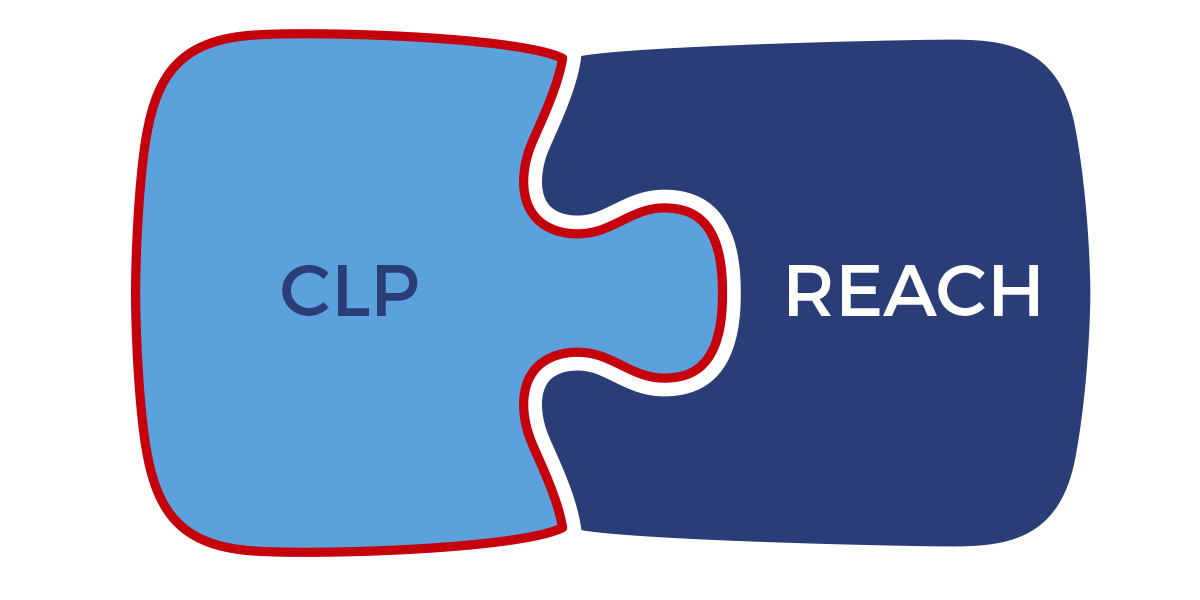
REACH
The REACH regulation is the regulation on chemical substances of the EU. It shall be applied directly in all member states, including Hungary, as well. Industrial players who are under the obligation of the regulation, actually the manufacturers, importers and downstream users of the chemical substances, and the manufacturers, whose finished products contain chemical substances, shall fulfill the requirements of the regulation.
The competent authorityregularly supervises the companies whether they comply with the REACH regulation. For non-compliance with the REACH regulation, a fine of 100 000—20 000 000 HUF may be imposed.

The firms who manufacture at least 1 ton of chemical substances per year in the EU, or who import at least 1 ton of chemical substances to the EU, shall register the mentioned substances in a special database. If they are not exempted from that, unregistered substances above the quantity of 1 ton per year must not be used or distributed until registration.
Because of the difficulties of the system, it is necessary to fulfill the tasks related to the introduction of REACH, that means last but not least, saving money/gaining material profit.
How can we help you?
- to make a REACH audit
- to organize REACH training at the site of the company
- to implement pre-registration
- to prepare mini registration dossier
- to prepare full registration dossier
- to define REACH tasks for commodities
- to provide constant regulation-follow up
- to provide constant REACH support:
- We estimate the chemical substances alone or in the products you import/distribute/manage and we check the referring REACH requirements.
- In accordance with the activity set out, we prepare you for having a dialogue with the suppliers and for collecting information on the usage and fields of use).
- We set out and plan your future tasks.
- We monitor substances subject to authorization (SVHC) and provide support in the authorization process
What does REACH mean?
The REACH regulation is a regulation (EC) No. 1907/2006, which targets to improve the competitiveness of the chemical industry of the EU, and the protection of human health and the environment against the risks caused by chemical substances.
The name of the regulation is an acronym, namely “Registration, Evaluation, Authorization and Restriction of Chemicals” and it records requirements on the registration, evaluation, authorization and restriction of the chemical substances.
Theoretically, the REACH regulation is obligatory for all kinds of chemical substances: not only for the ones used in industrial processes, but for the ones used in our everyday life, e.g. detergents, paints, and substances in different commodities, such as clothes, furniture and electronic devices, as well. Thus, the regulation has an effect on most companies across Europe.
Who may be involved in it?
They are manufacturers, importers, final users and other entities and companies who pursue any kinds of activities with the chemical substances.
In accordance with the REACH regulation, you have obligations, if:
- you manufacture or import chemical substances or mixtures of them;
- you manufacture or import such a commodity (e.g. building materials, electronic accessories, toys, or vehicles) which are listed in the list of Substances of Very High Concern (SVHC)or which usage may cause the emission of them;
- you process chemical substances or prepare products for final use or you operationally use these prepared commodities. In these cases, you are called ’downstream users’.
Manufacturer/importer:who manufactures or imports at least 1 ton of chemical substance alone or contained in a product, per year.
Manufacturer/importer/supplier of the commodity:who manufactures, imports or distributes commodities.
Distributor (retailers as well):who stores and distributes chemical substances alone or contained in a product.
Downstream user:who processes chemical substances or manufactures products for final use, or operationally uses these manufactured commodities.
Does REACH refer to all kinds of chemical substances and commodities?
Yes, it does, but many substances are exempted from certain parts of the regulation, e.g. there are different regulations for chemical substances in medicines and food products. Natural substances are not obliged to be registered, according to the REACH requirements, in the case they are not dangerous and not chemically modified.
What to do?
If you manufacture or import more than 1 ton of chemical substance per year, then the substance is obliged to be registered at the European Chemicals Agency (ECHA) until 1 June 2018. When failing it, manufacturing or the importation of the substance shall be suspended until handling in the full registration documentation.
If your company uses chemical substances, then as ’downstream users’ you shall supervise REACH-compliance of the suppliers so as to avoid supply disruption of row and ancillary materials.
Authorization
The purpose of the authorization process is to supervise the risks related tothe use of Substances of Very High Concern and to provide appropriate and gradual substitution of the substances with alternative substances while ensuring the correct operation of the internal market of the EU.
Substances which may be classified as SVHC substances, are:
- carcinogens of 1A or 1B classification,
- mutagenic, toxic for reproduction, persistent, bioaccumulative and toxic (PBT) substances, furthermore the very persistent and very bioaccumulative(vPvB) substances, as well
- the substances—identified casually—which have such serious effects as they are considered substances of as a high concern as CMR or PBT/vPvB substances.
It is important to highlight, that against registration, the authorization process has no quantity limits, so it is valid for use of the substances irrespectively of the quantities.
Manufacturers, importers or downstream users of those substances which are found in the register of the substances subject to authorization, may apply for an authorization process. It costs: 50 000 euro/ substance, it is issued for a fixed period and a substitution plan is required for it.
This is why it is very important to identify SVHC substances so as to start substituting them,if possible.